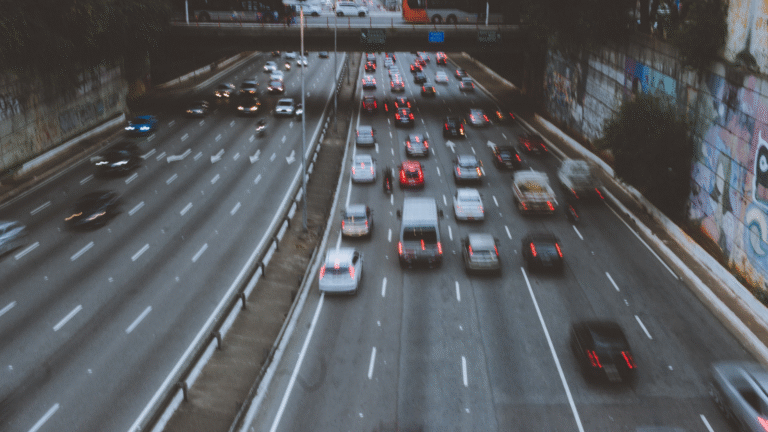If your weekends revolve around boats, trailers, dirt bikes or heavy camping loads, not every EV will do. Towing with electricity is different — it drains range fast and stresses cooling systems — so prioritise vehicles with official tow ratings, strong cooling, and robust payload capacity. This guide gives you what to look for and how to plan safe, realistic towing trips in Australia.
Table of Contents
- How EV towing differs from ICE towing
- Key specs and engineering features to prioritise
- Real-world towing range planning and examples
- Practical kit: hitches, brakes and payload management
- Fleet and recreational buyer checklist
- FAQs
- Conclusion
1. How EV towing differs from ICE towing
Electric motors deliver instant torque (great for starts) but towing increases draw and battery heating. Unlike ICEs, EVs can suffer rapid range loss and charging tapering under heavy, sustained loads — making route planning and cooling robustness critical.
2. Key specs and engineering features to prioritise
- Official towing rating — non-negotiable; respect manufacturer limits.
- Thermal management for battery and inverter — look for dedicated coolers and strong airflow.
- Dedicated tow mode to adjust regen and torque for stability.
- Reinforced chassis and suspension or adaptive load-level systems to maintain ride and handling.
- High-loading tyres and correct tyre ratings to match payload needs.
Confirm these specs in writing before committing.
3. Real-world towing range planning and examples
- Light trailer (500–1000 kg): expect a 20–40% range reduction depending on speed and hills.
- Moderate trailer (1500–2000 kg): 40–60% range drop is realistic — plan frequent stops.
- Hilly terrain / high speed: range penalties spike; reduce cruising speed to preserve range.
Example: A 500 km nominal EV may realistically cover 150–350 km when towing depending on conditions — always calculate conservatively and add buffer.
4. Practical kit: hitches, brakes and payload management
- Weight distribution hitches: help with trailer stability and handling.
- Trailer brakes: vital for heavier loads and required under regulation for many trailer masses.
- Payload distribution: put heavier items low and over the axle to preserve handling.
- Portable battery warmers and pre-conditioning: help the battery accept charge and maintain performance after climbs.
Practice tandem runs on short routes before full excursions.
5. Fleet and recreational buyer checklist
- Confirm tow rating and whether towing voids any portion of warranty.
- Ask dealer for cooling upgrades or recommended towing accessories.
- Map chargers with redundancy and lower elevation endpoints after climbs.
- Test-tow at dealer or hire a similar trailer to trial before committing.
A conservative plan prevents costly recoveries and preserves battery health.
FAQs
Q: Can every EV tow?
A: No. Only EVs with a manufacturer-rated tow capacity should be used for towing.
Q: How should I drive when towing an EV?
A: Drive smoothly at moderate speeds, use lower gears or eco modes where fitted, and avoid sustained high-speed climbs.
Q: Will towing void the warranty?
A: Only if you exceed the rated capacity or make modifications outside OEM guidance — check terms carefully.
Conclusion
For true towing capability choose EVs with clear tow ratings, strong thermal systems and robust chassis/suspension. Plan conservatively, reduce cruising speed, and use proper towing hardware. With the right vehicle and approach, EVs can handle weekend gear reliably — just expect reduced range and plan for it.
Meta description: Need an EV that tows? Learn which electric vehicles support towing and heavy payloads, how to plan real-world towing trips, and what gear keeps weekend adventures safe.
